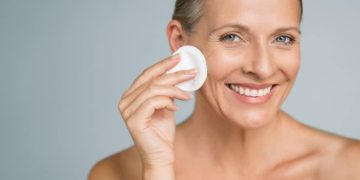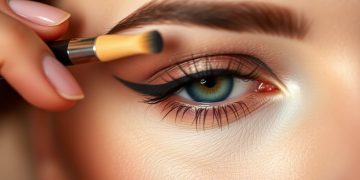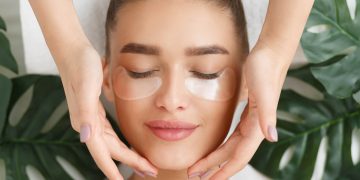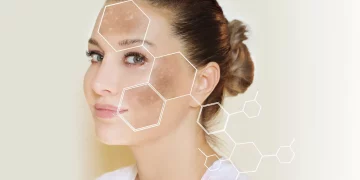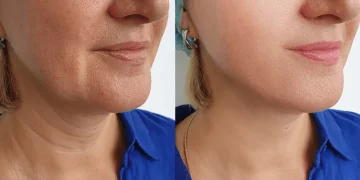Introduction: The Importance of Sunscreen Year-Round
When people think of sunscreen, they often associate it with hot summer days spent lounging on the beach or hiking under the bright sun. However, the reality is that sunscreen is a crucial part of your skincare routine throughout the entire year, including the colder months of winter. The sun’s harmful ultraviolet (UV) rays are active all year long, and even when the weather is cooler and the skies are overcast, your skin is still vulnerable to damage.
Sunscreen helps protect the skin from the harmful effects of both UVA and UVB rays, which can lead to premature aging, sunburn, and even skin cancer. Unfortunately, many people mistakenly believe that sunscreen is only necessary on sunny days or when they are outdoors for long periods of time. In reality, daily sun protection is essential, even when temperatures drop and the winter season sets in.
In this article, we’ll explore why sunscreen is necessary during the winter months, how UV rays can still damage the skin even in colder weather, and how to choose the best sunscreen for winter. We will also discuss additional ways to protect your skin from UV damage during winter, ensuring that you maintain healthy, youthful skin all year round.
How UV Rays Affect Skin in Winter: Reflection off Snow, Weakened Protection
It’s easy to assume that the lack of warmth and sunlight during the winter months means there’s no need for sun protection. However, UV rays remain a constant threat, and their ability to damage your skin does not decrease in colder months. Here’s how winter conditions still expose your skin to the harmful effects of UV radiation:
- UVA Rays: While UVB rays are the ones responsible for causing sunburns, UVA rays penetrate deeper into the skin and contribute to long-term skin damage, including premature aging and an increased risk of skin cancer. UVA rays are present all year round, regardless of temperature or cloud cover. They can even penetrate through glass windows, meaning that you may be exposed to them while indoors or while driving in your car. In fact, studies have shown that people who spend a lot of time in their cars can accumulate significant sun damage on the side of their face closest to the window.
- Reflection off Snow: One of the biggest risks for skin exposure to UV rays in winter comes from snow. Snow is highly reflective, meaning that UV rays can bounce off the snow and reach your skin from multiple angles. This is especially true in areas with heavy snowfall or during outdoor winter activities like skiing, snowboarding, and ice skating. The combination of direct sunlight and the reflected UV rays from the snow can increase your total exposure, even in cold, cloudy, or overcast conditions.
- Weakened Natural Protection: In winter, your skin’s natural defenses may be weakened due to lower humidity and colder temperatures. The cold air can dry out your skin, making it more prone to irritation and damage. Without proper sun protection, this damage can be exacerbated by the harmful UV rays that are still present. Additionally, many people tend to wear less sunscreen in winter, mistakenly thinking that the sun is not a threat. However, skin damage can occur even if you don’t feel hot or see bright sunlight.
- Cloud Cover and UV Penetration: Even on cloudy days, up to 80% of UV rays can still reach your skin. The clouds may block some direct sunlight, but they do little to protect your skin from the ongoing exposure to UVA and UVB rays. This means that even during overcast, gray winter days, your skin can still be affected by harmful radiation. It’s essential to apply sunscreen regardless of the weather forecast to ensure your skin is protected.
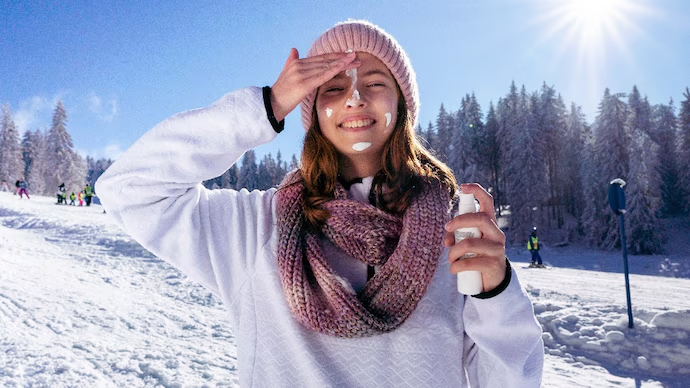
Best Winter Sunscreens: Light Formulas for Colder Weather
Choosing the right sunscreen for winter is just as important as using it consistently. During the colder months, many people prefer lighter sunscreen formulas to avoid feeling greasy or heavy on the skin. Fortunately, there are plenty of options available that provide effective protection while remaining lightweight and breathable. Here are some tips for selecting the best sunscreen for winter use:
- Look for Broad-Spectrum Protection: Broad-spectrum sunscreens protect against both UVA and UVB rays. This is crucial during winter when UVA rays can be just as harmful as UVB rays. Be sure to select a sunscreen that clearly states it offers broad-spectrum protection, which ensures your skin is shielded from both types of harmful radiation.
- SPF 30 or Higher: Dermatologists recommend using a sunscreen with at least SPF 30 for daily wear, and this applies to winter months as well. While you may not need the high SPF numbers typically used in summer, anything lower than SPF 30 may not offer adequate protection. SPF 30 provides sufficient protection against both UVA and UVB rays, and it should be applied generously to all exposed areas of the skin.
- Lightweight, Non-Greasy Formulas: Many people find that thick, heavy sunscreens can feel uncomfortable during winter months. Opt for lighter, non-comedogenic formulas that will allow your skin to breathe and won’t feel sticky or greasy. Gel-based, water-based, or mineral sunscreens are great options for a more breathable feel. Look for sunscreens that absorb quickly into the skin, leaving it soft and smooth without any residue.
- Hydrating Sunscreens: Winter weather can be harsh on the skin, often leading to dryness and irritation. A good winter sunscreen should not only protect against UV rays but also hydrate and nourish the skin. Look for sunscreens that contain moisturizing ingredients such as hyaluronic acid, glycerin, or ceramides. These ingredients will help lock in moisture, preventing your skin from becoming dry or flaky due to the cold weather.
- Mineral vs. Chemical Sunscreens: Both mineral (physical) and chemical sunscreens are effective, but mineral sunscreens are often preferred during the winter months because they provide an additional layer of protection against environmental stressors. Mineral sunscreens sit on top of the skin and reflect UV rays, making them ideal for exposure to the reflected UV rays from snow. Chemical sunscreens, on the other hand, absorb UV radiation and can be a bit more lightweight. Choose the one that works best for your skin type and personal preference.
- Tinted Sunscreens: Tinted sunscreens are a great option for those who want additional protection from visible light, which can also contribute to pigmentation and aging. The tint in these sunscreens acts as a physical barrier, reflecting light away from the skin while still offering SPF protection. Tinted sunscreens can be particularly useful for individuals with sensitive skin or those prone to pigmentation issues.
Additional Protection: Wearing Hats, Scarves, and Avoiding Direct Sun
While sunscreen is essential for protecting your skin, there are other ways to reduce UV exposure during the winter months. By combining sunscreen with additional protective measures, you can further safeguard your skin from harmful UV radiation.
- Wear a Hat: A wide-brimmed hat is an excellent way to shield your face from direct sunlight. This is especially important if you’re spending time outdoors in snowy or sunny conditions. Hats with a wide brim provide shade for your face, neck, and ears, which are areas often overlooked when applying sunscreen. Look for hats made of UV-protective fabric for added protection.
- Scarves and Gloves: When dressing for winter, don’t forget about the skin on your neck, ears, and hands. These areas are often exposed to UV rays, even during colder months. A scarf can help protect the skin on your neck and lower face, while gloves provide essential protection for your hands. Be sure to apply sunscreen to exposed areas like your hands, ears, and lips if they will be directly exposed to the sun.
- Seek Shade During Peak Hours: Just like in the summer, the sun’s rays are the strongest during midday, typically between 10 AM and 4 PM. During the winter months, when the sun is lower in the sky, UV exposure may still be significant. If you’re outdoors during these peak hours, try to seek shade or limit your direct sun exposure.
- Avoid Snow and Ice: Snow and ice reflect UV rays, which can intensify your exposure. If you’re engaging in outdoor winter activities like skiing or snowboarding, be sure to reapply sunscreen regularly and wear protective clothing like hats and goggles.
Conclusion: Don’t Skip Sunscreen, Even in Winter
Sunscreen is not just a summer essential—it’s a year-round necessity. Despite cooler temperatures and overcast skies, UV rays continue to damage your skin during the winter months. Whether you’re facing direct sunlight, reflection off snow, or simply spending time indoors near windows, your skin is constantly exposed to harmful radiation.
Choosing the right sunscreen for winter, along with additional protective measures like wearing hats, scarves, and seeking shade, will help keep your skin safe and healthy throughout the year. Don’t underestimate the power of UV rays during the winter months—make sunscreen a part of your daily skincare routine to protect against premature aging, sunburn, and the long-term risks of skin cancer.



